The 97-year history of the Macy’s Thanksgiving Day Parade
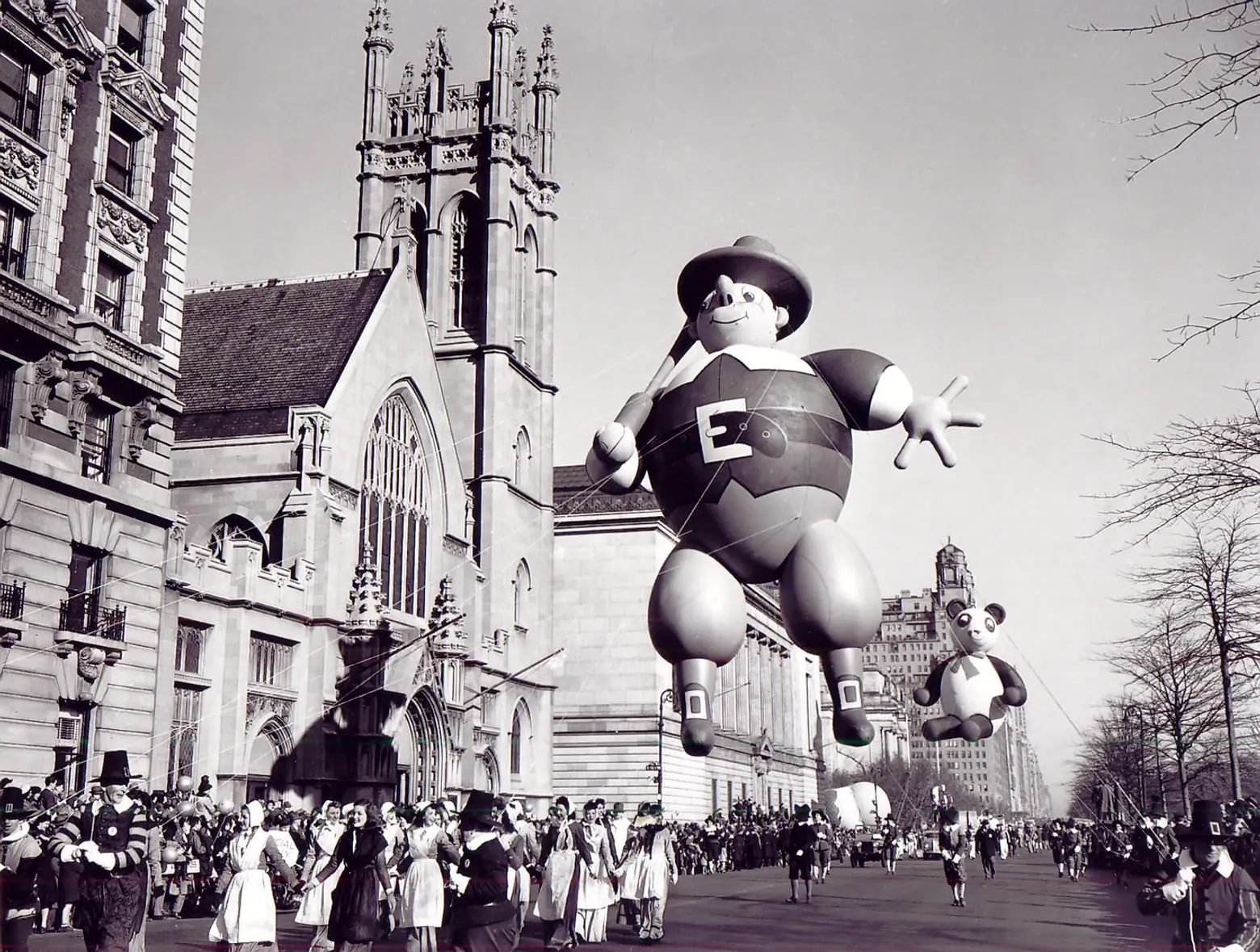
Pilgrim balloon in 1946. Photo via Macy’s Inc.
There are many famous traditions synonymous with New York City, and Macy’s Thanksgiving Day Parade is at the top of that list. The first parade marched down Broadway in the winter of 1924, and in the years since, it’s grown into an event with more than 3.5 million spectators. After a television-only event last year because of the coronavirus pandemic, the iconic Macy’s Thanksgiving Day Parade is returning this year with in-person spectators. Ahead, learn all about the parade’s 97 years and see some incredible archival photos.
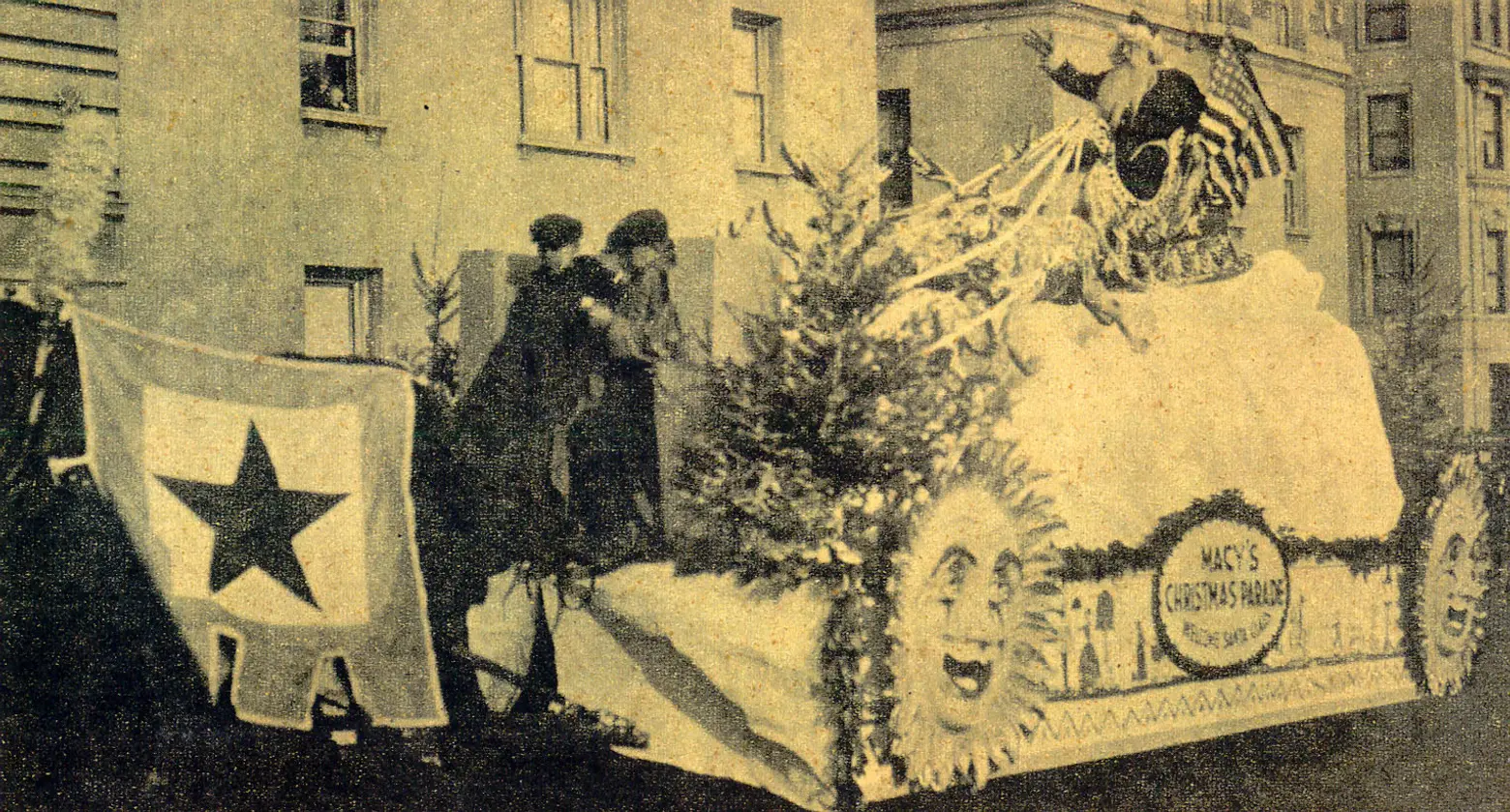
The first Santa float in the first Macy’s Parade, 1924. Photo courtesy of Macy’s, Inc.
The 1920s were called “the booming ’20s” for good reason, as it was an era of vaudeville, flappers, bootleggers, and excitement. This was also a time of prosperity for the Macy’s department store, which by 1924 occupied an entire city block stretching from Broadway and Herald Square to 7th Avenue.
To account for their increase in size, Macy’s was also growing their human resources, and the majority of employees working for the company were immigrants. These newcomers embraced their home and were proud of their new American heritage. They loved the sentiment behind the Thanksgiving holiday but wanted to celebrate with the type of festival their parents had loved in Europe. With so much to be thankful for, two weeks before Thanksgiving, Macy’s president Herbert Strauss announced that the city of New York would be treated to a one-of-a-kind holiday event like nothing it had seen before. The first parade was intended to be a pre-Christmas celebration inviting shoppers to the store for the holiday, but as the tradition grew, the parade’s association with Christmas quickly fell away.
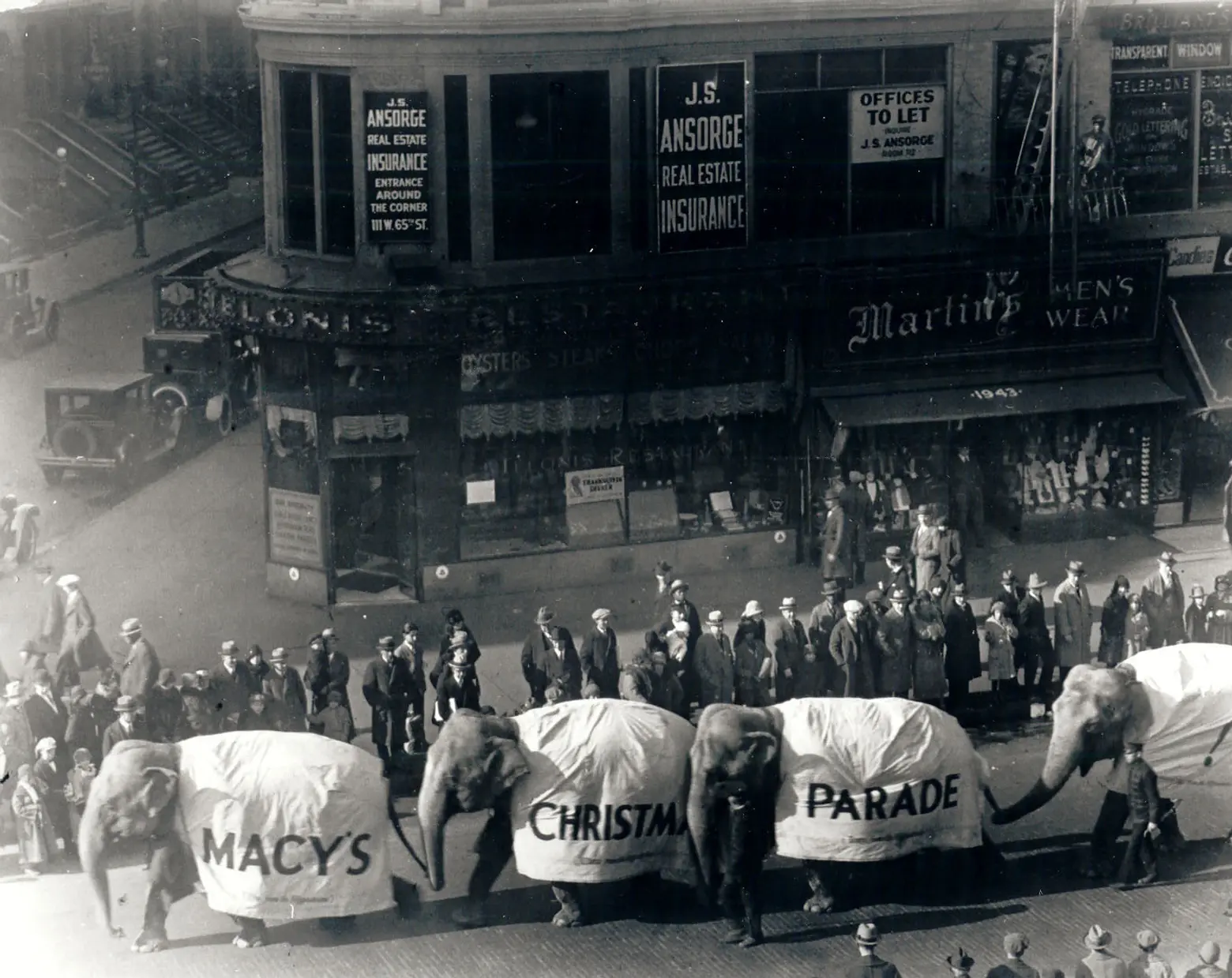
Elephants in the first Macy’s Parade 1924, then called Macy’s Christmas Parade. Via Macy’s Inc.
The original parade route started at 145th street and Convent Avenue in Harlem and continued six miles to Herald Square. The parade itself was small, about two blocks, but the route was almost three times as long as it is today. The boisterous processional included Macy’s employees marching to the flagship store, as well as floats, professional bands, and live animals borrowed from the Central Park Zoo. The parade was a big success, and within a week, Macy’s announced that New York City should set aside the morning of November 25, 1925, because the parade would be back next year.
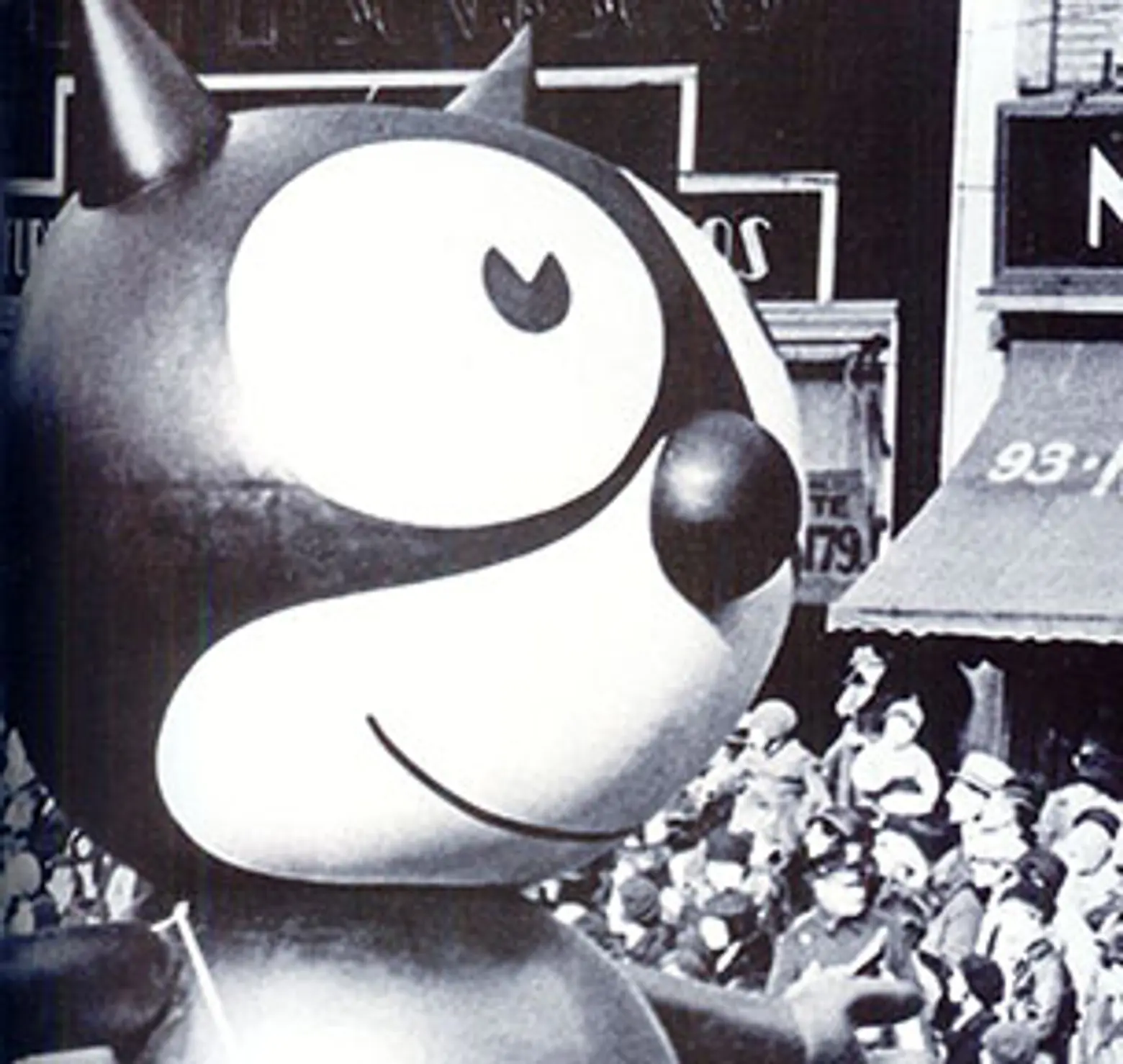 Felix the Cat, before his joyride over Jamaica Bay. Photo courtesy of Macy’s, Inc.
Felix the Cat, before his joyride over Jamaica Bay. Photo courtesy of Macy’s, Inc.
Over the next few years, the parade continued to grow in popularity, and in 1927, the live animals were replaced with balloons. A man by the name of Anthony Frederick Sarg moved to New York from London to start his own marionette business. When Macy’s caught wind of his unique talents, they invited Sarg to design a window display for the store to advertise the parade. In addition to the display, Sarg’s animal-shaped balloons made their way into the main event. They were made by the Goodyear Tire and Rubber Company in Akron, Ohio. Felix the Cat was the first balloon animal to be included in the parade.
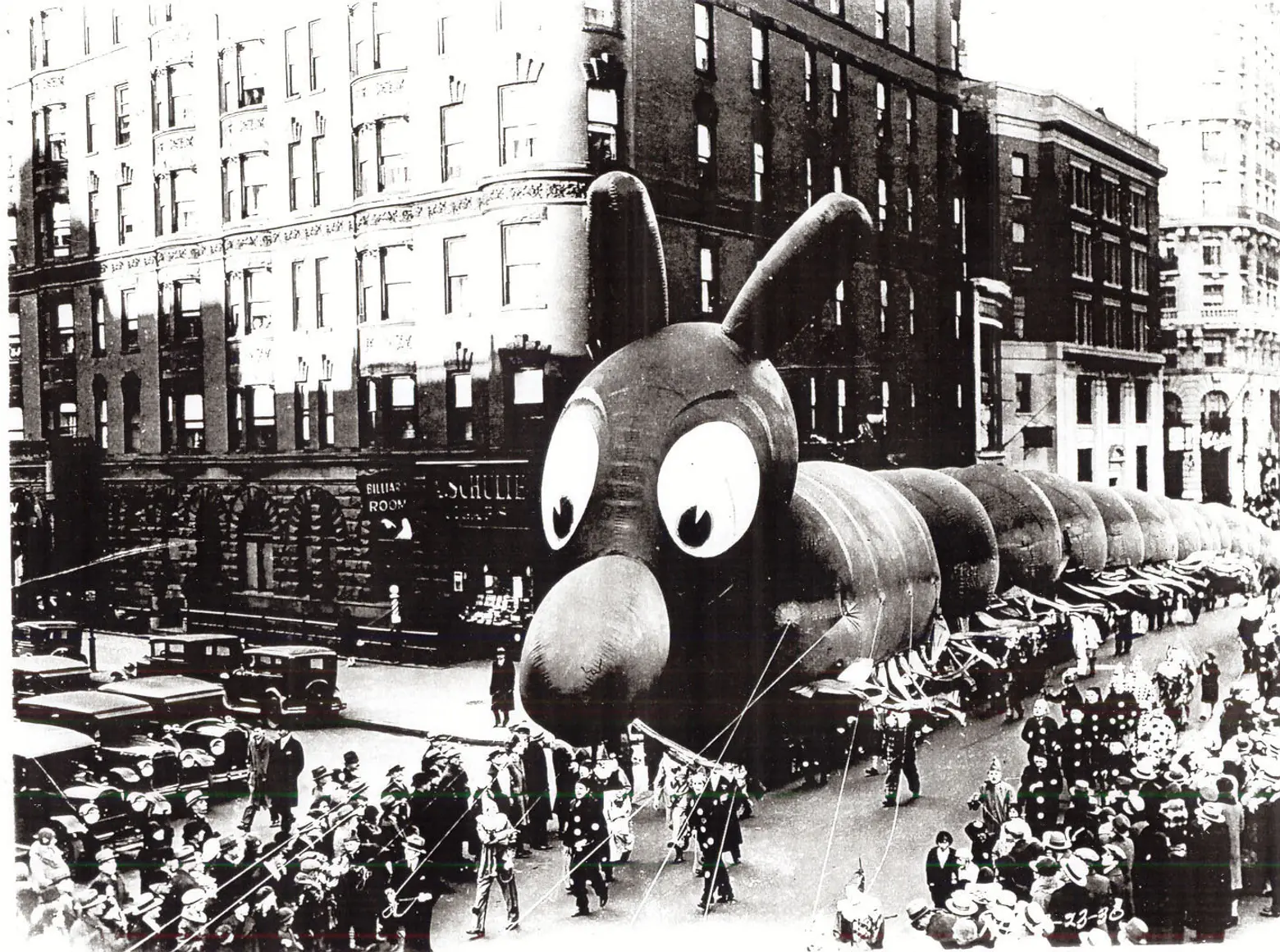
Happy Dragon in 1927, the second balloon in Macy’s Parade. Via Macy’s Inc.
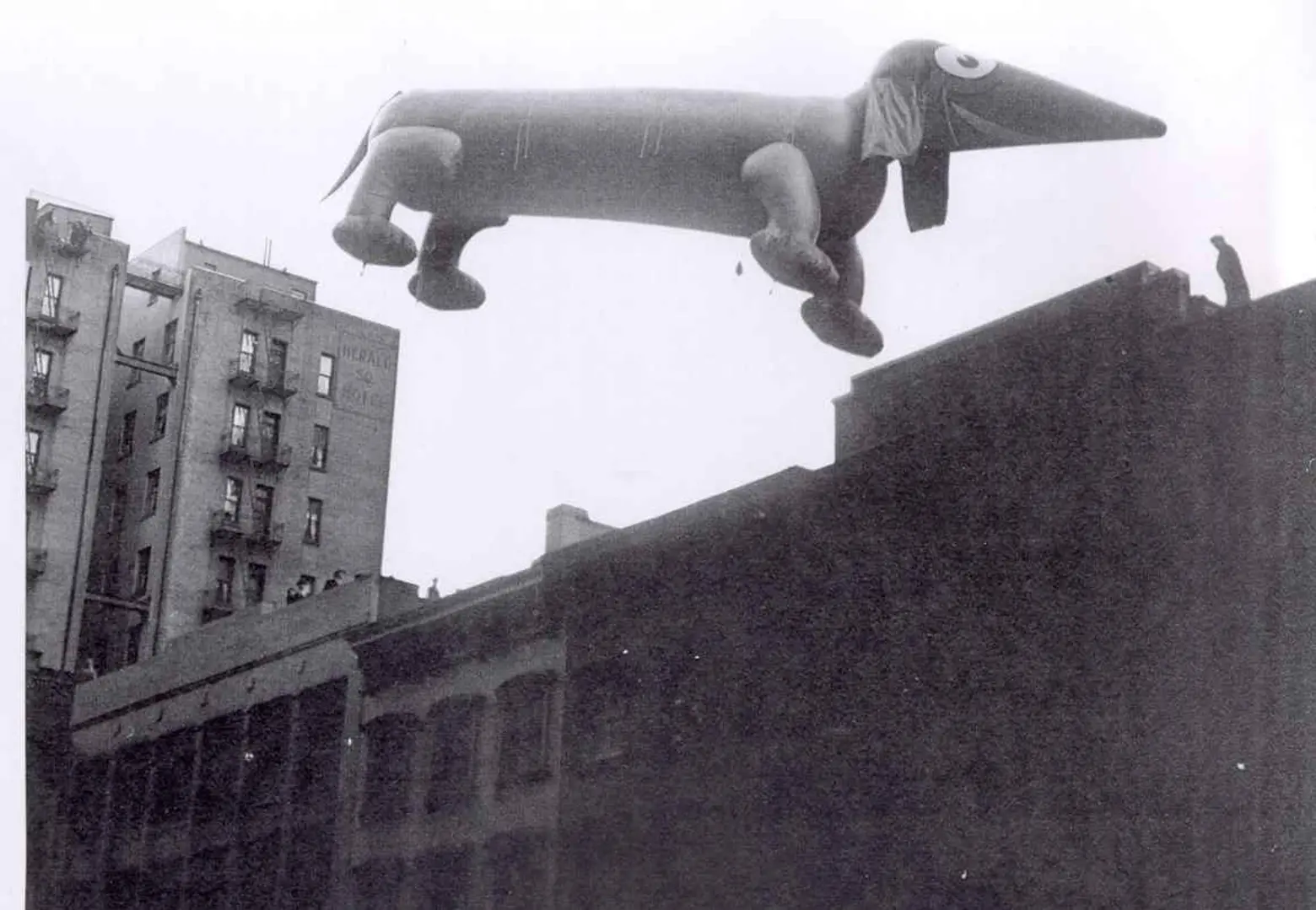
Daschund- Released after conclusion of Parade in 1929. Via Macy’s Inc.
In 1928, the cast of balloon characters was released into the sky as part of the parade’s finale, but much to everyone’s surprise, they all burst. The next year, the balloons were redesigned to include a safety valve that allowed them to float on for days. Each one also included an address, so whoever found the deflated balloons could mail them back to the store for a free gift.
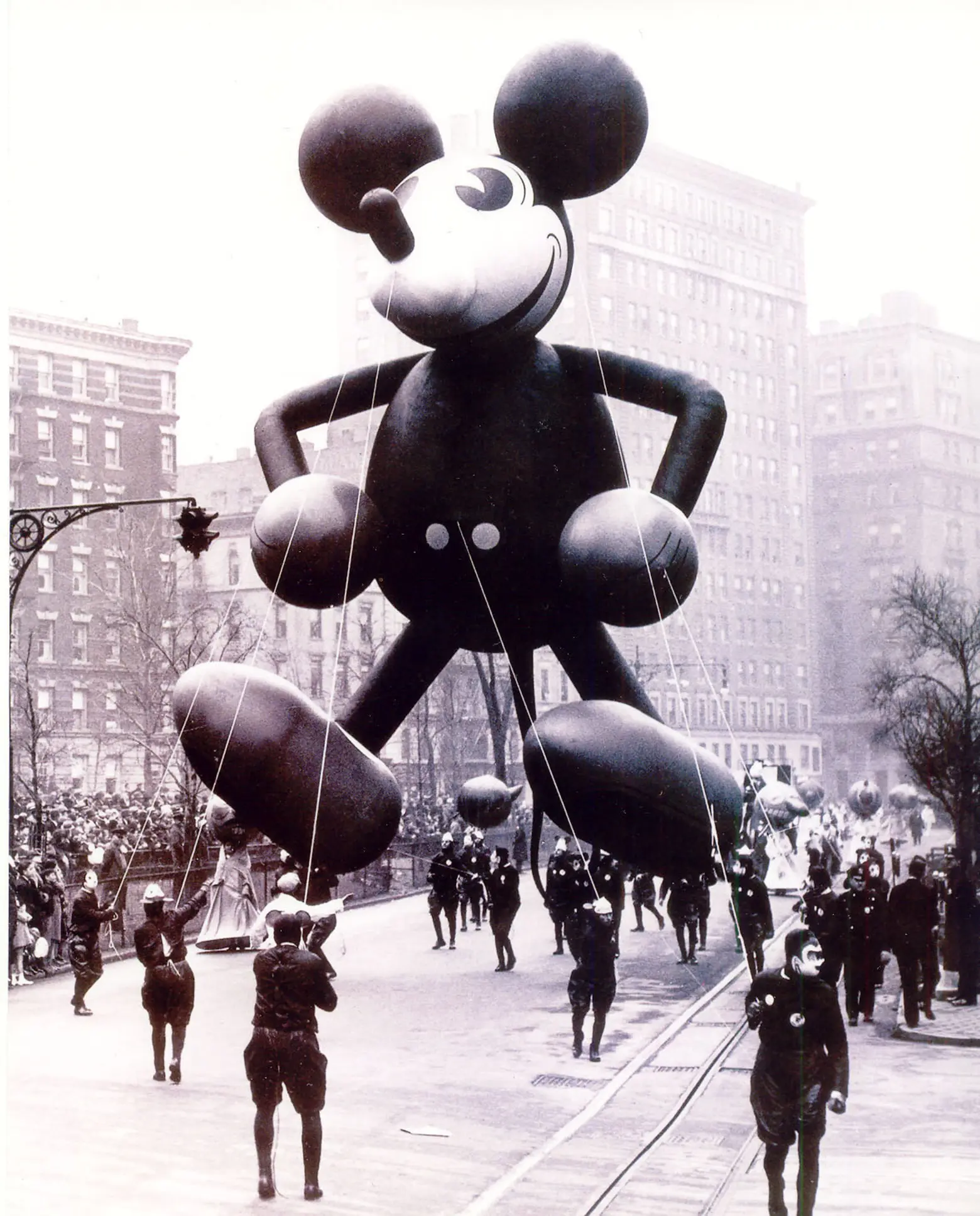
Mickey Mouse 1934 – first Mickey balloon designed with the help of Walt Disney. Via Macy’s Inc.
Despite the onset of the Clutch Plague, the parade marched on without interruption through the 1930s. By 1939, the first national broadcast of the parade took place, and the following year, the number of parade spectators had reached one million. The Macy’s parade floats were also pulled by horses until 1939, and a short two years later, Disney decided to add a Mickey Mouse balloon to the roster of characters.
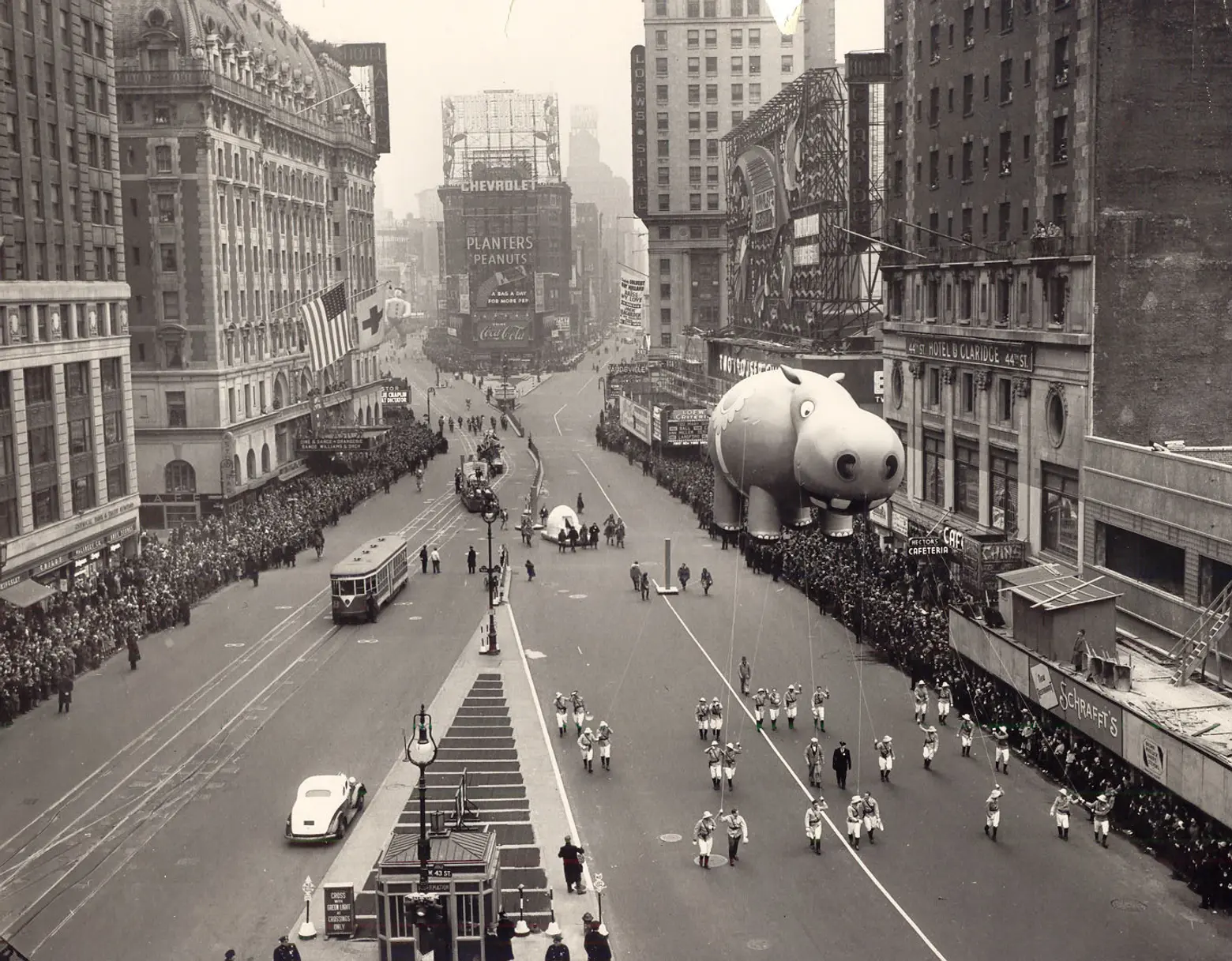
Happy Hippo 1940s, via Macy’s Inc.
While the parade stayed strong through the economic crisis, it was suspended during World War II from 1942 to 1944, as both helium and rubber were needed for the war effort. It picked up again in 1945 with two million spectators in attendance, and the parade took back the streets of NYC, marching the same route used up until 2008.
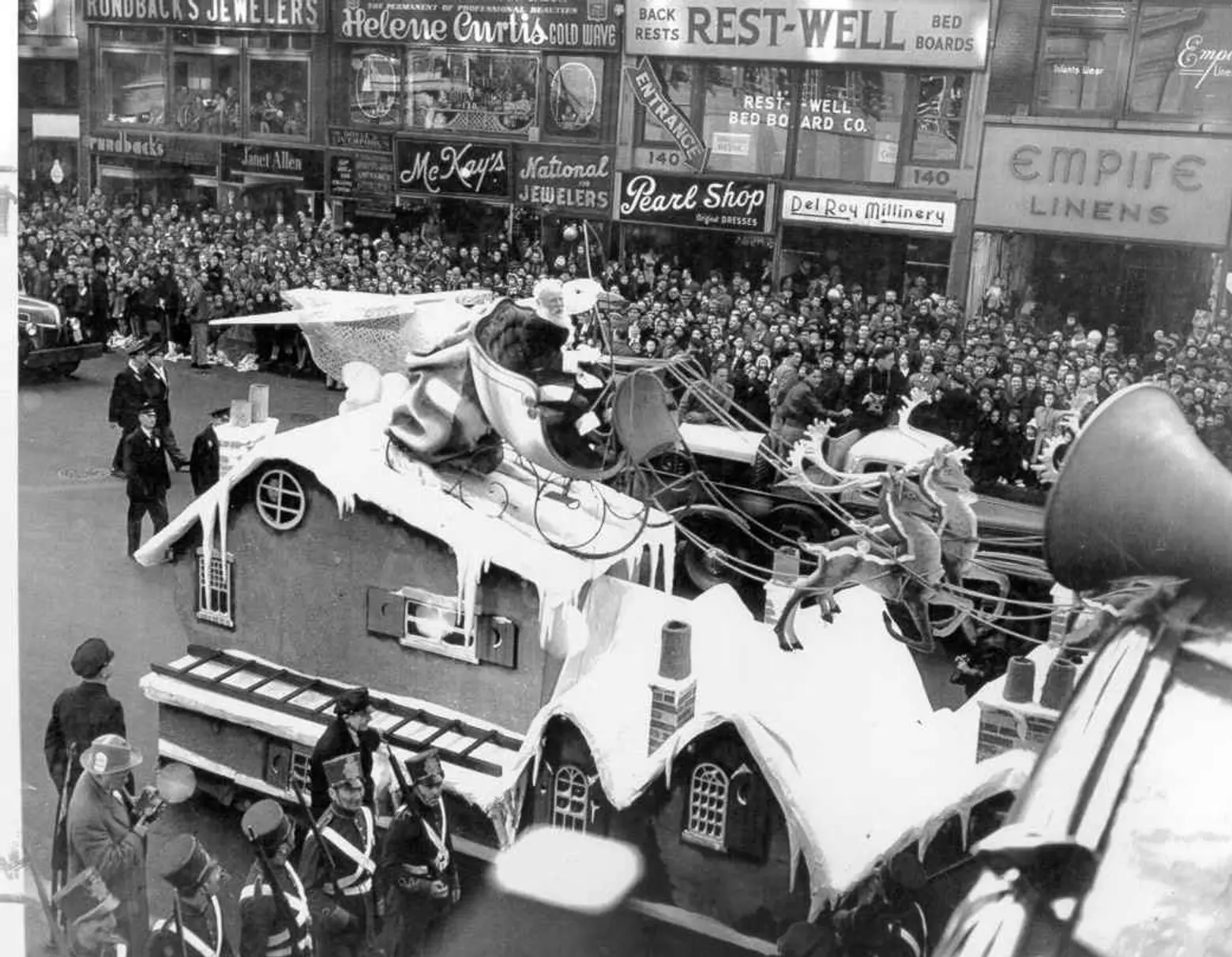
Edmund Gwenn as Santa Claus during the filming of the 20th Century Fox film “Miracle on 34th Street” in 1946. Via Macy’s Inc.
When footage from the 1946 parade was featured in the movie “Miracle on 34th Street,” the event became a prominent part of American culture.
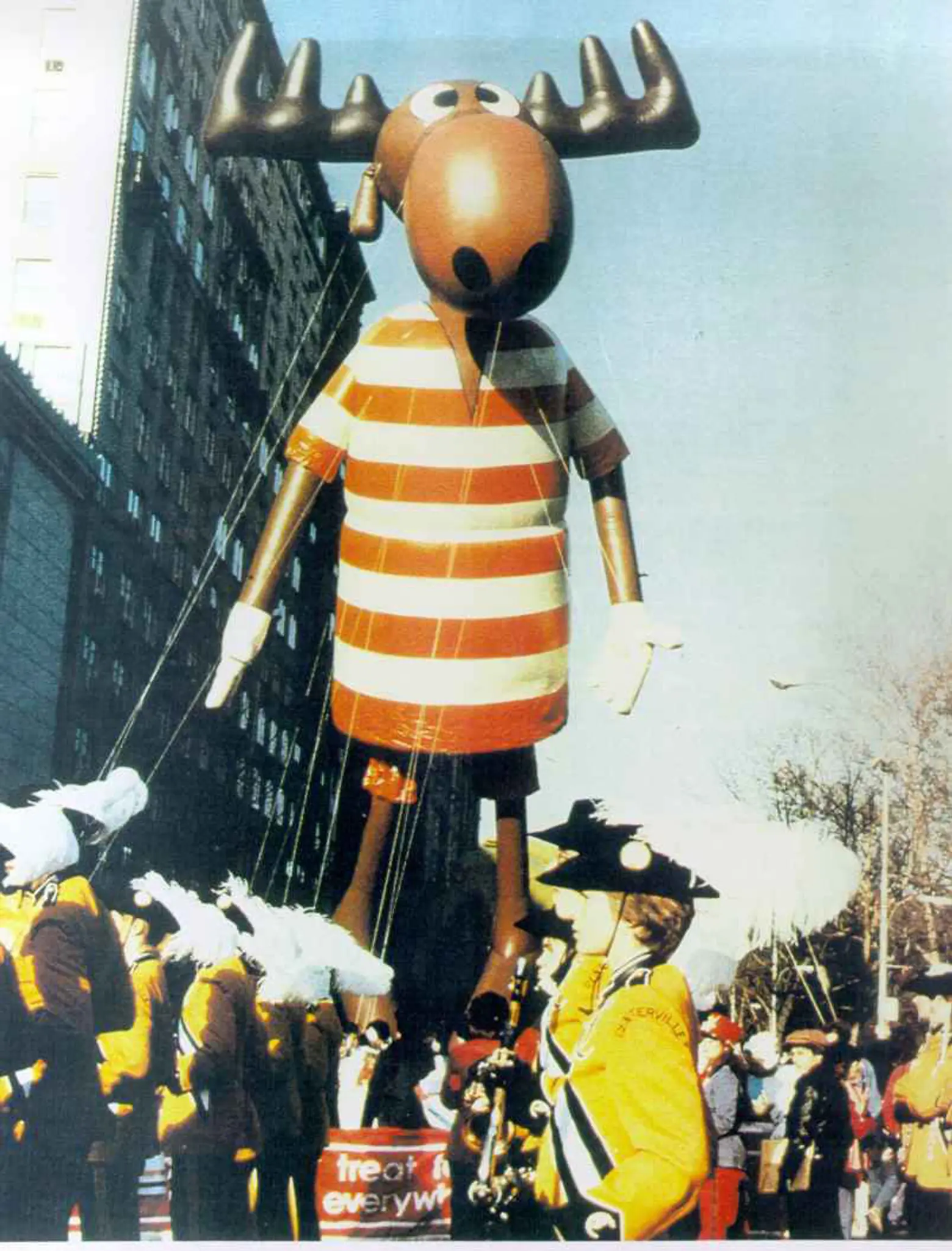 Bullwinkle in 1961. Via Macy’s Inc.
Bullwinkle in 1961. Via Macy’s Inc.
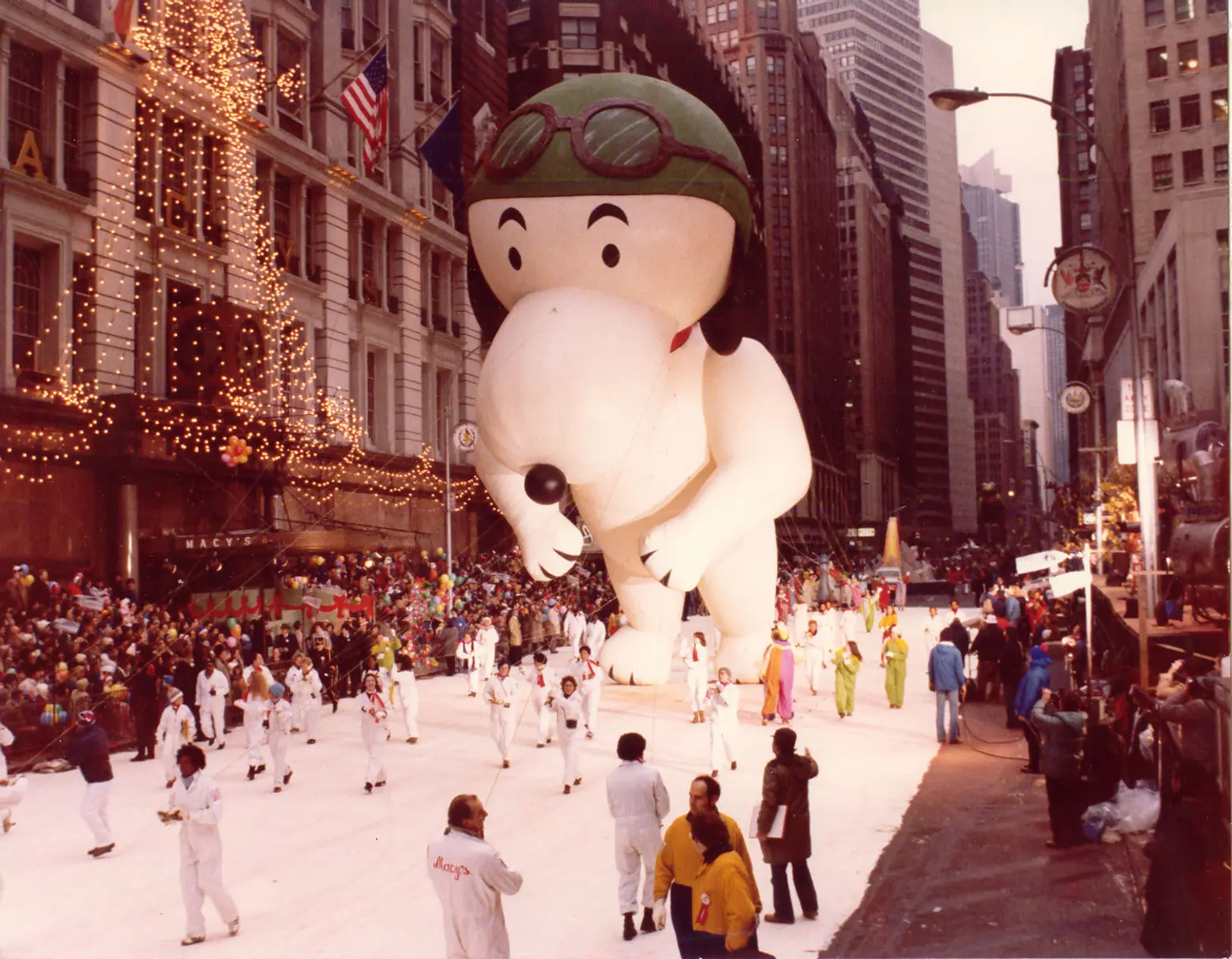
Flying Ace Snoopy in 1968, the first-ever Snoopy Balloon of seven. Via Macy’s Inc.
In 1963, Thanksgiving was just six days after the assassination of President John F. Kennedy. There was some debate, but Macy’s decided to go ahead with the parade in the hope that it would raise the American spirit.
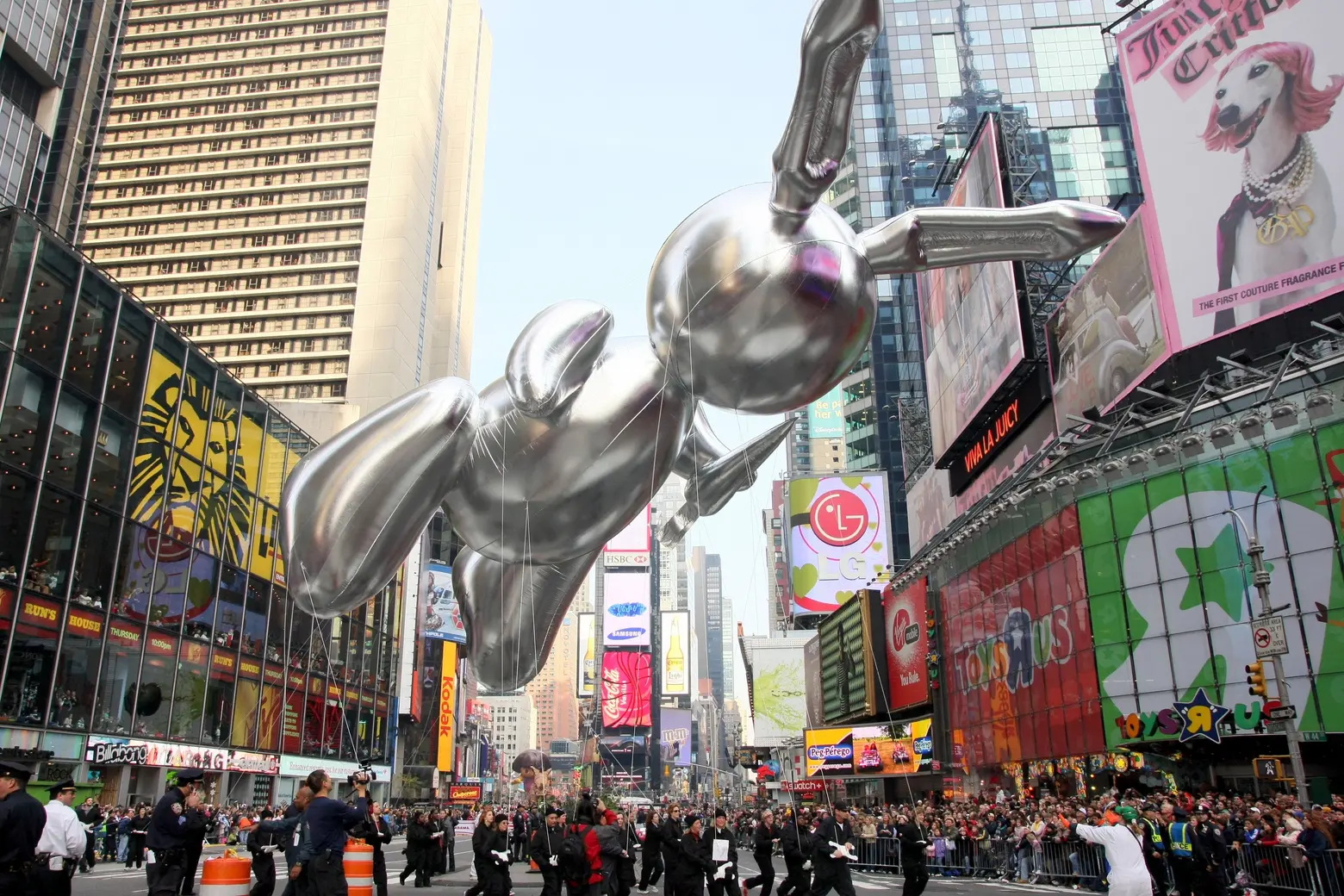
Rabbit by Jeff Koons 2007. Via Macy’s Inc.
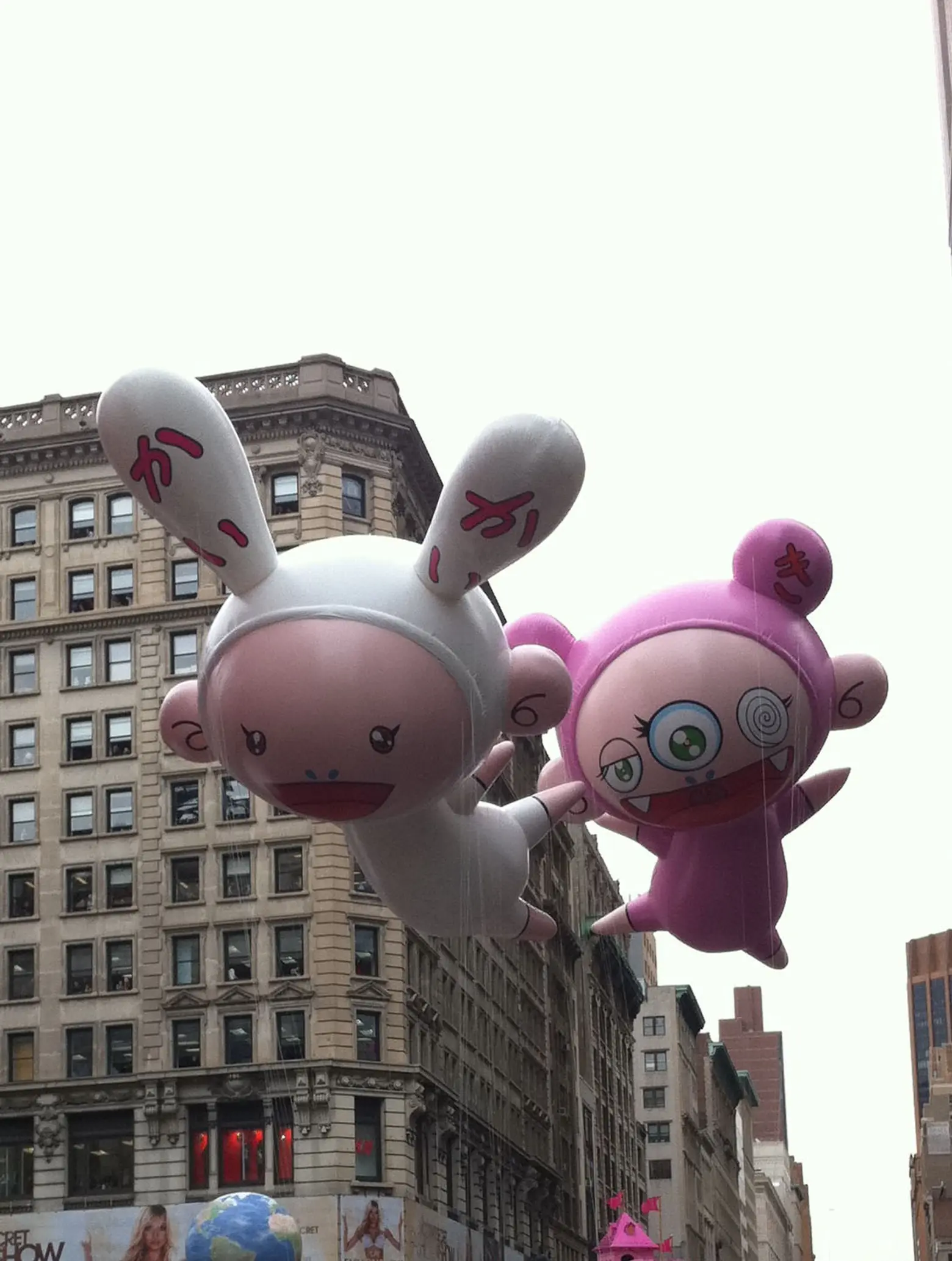
Kaikai and Kiki by Takashi Murakami 2010. Via Macy’s Inc.
Over the years, the design of the parade balloons has expanded beyond just familiar cartoon characters, and now includes popular images from some of today’s most prominent artists. Iconic New York artists like Keith Haring, Jeff Koons, and Takashi Murakami have all had a balloon in the Macy’s Thanksgiving parade.
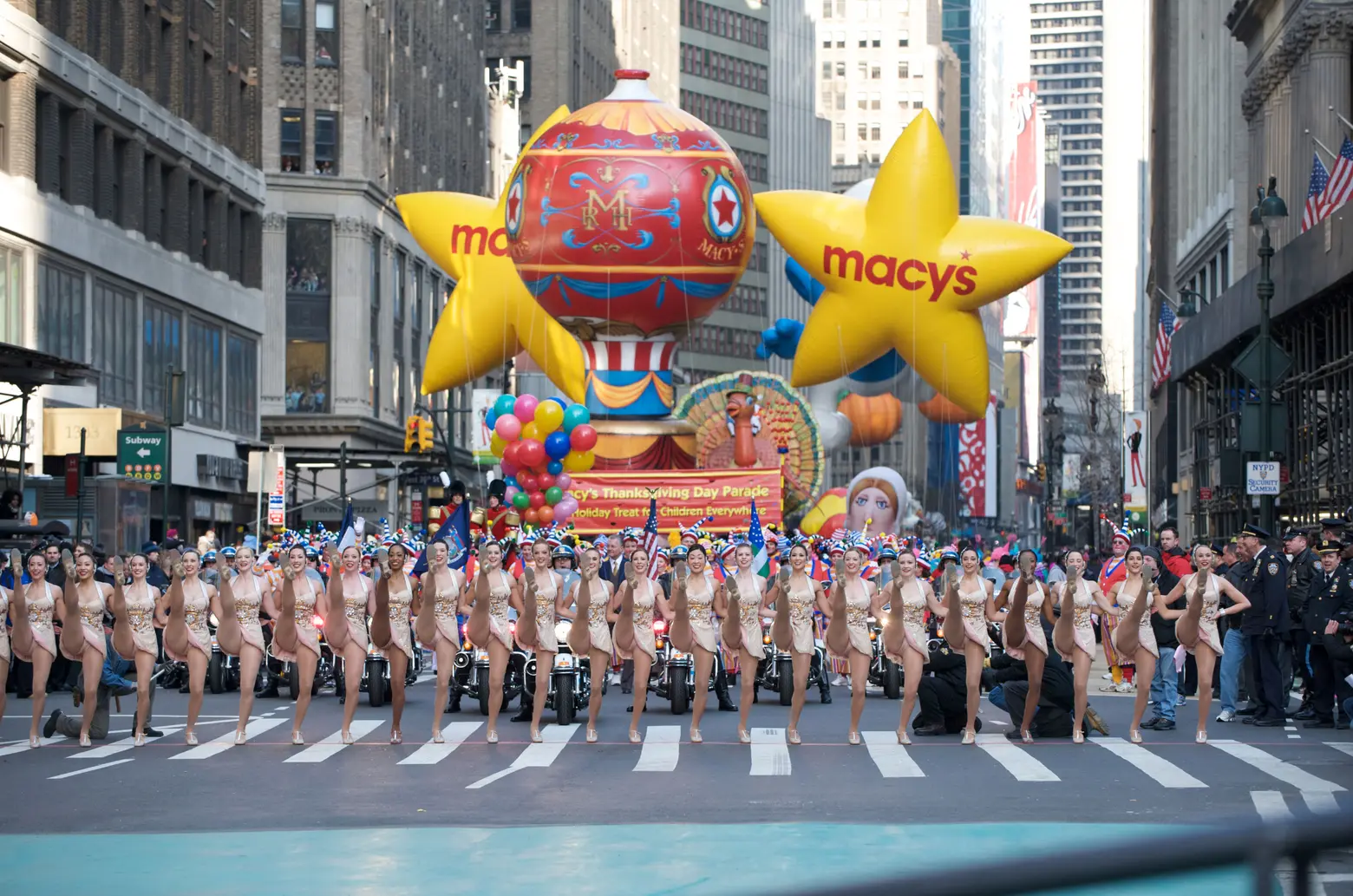
Opening of Macy’s Thanksgiving Day Parade. Via Macy’s Inc.
As described by Wesley Whatley–the parade’s creative director from 2003 to 2018 and the current creative producer for both the parade and the Fourth of July fireworks–the boisterous event is a massive production that requires 18 months of planning. The show as we know it today features over a dozen helium-filled balloons, more than 30 parade floats, 1,500 dancers and cheerleaders, more than 750 clowns, marching bands from around the country, and over 8,000 participants.
Learn what to expect this year, from the full parade lineup and the best public viewing spots to how you can watch the signature character balloons inflate the night before, here.
All photos via Macy’s Inc
RELATED:
- 10 things you didn’t know about the Macy’s Thanksgiving Day Parade
- New Yorker Spotlight: Behind the Magic of Macy’s Thanksgiving Day Parade with Creative Director Wesley Whatley
- Macy’s, Lord & Taylor, and more: The history of New York City’s holiday windows
Editor’s Note: This story was originally published on November 25, 2015, and has been updated.
Interested in similar content?
Leave a reply
Your email address will not be published.
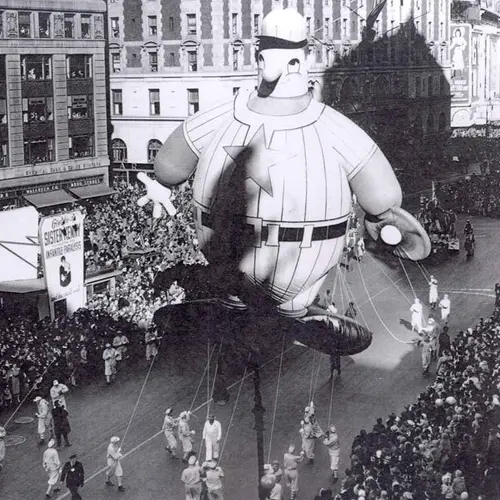
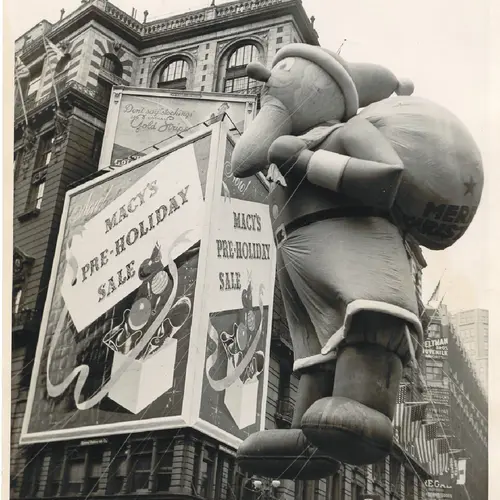
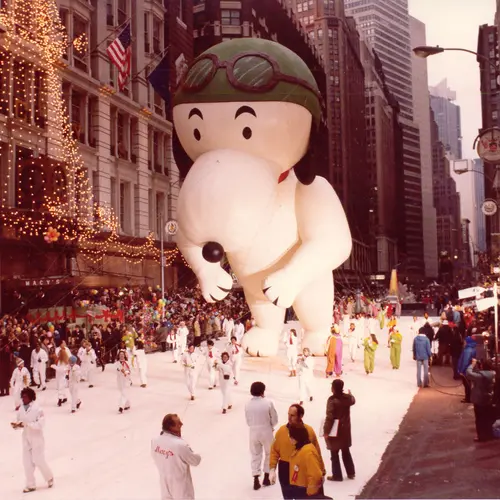
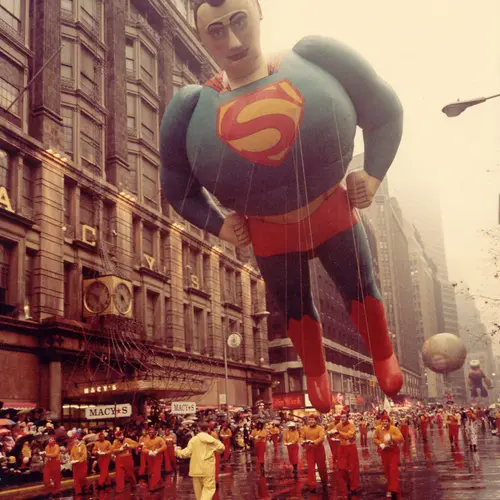
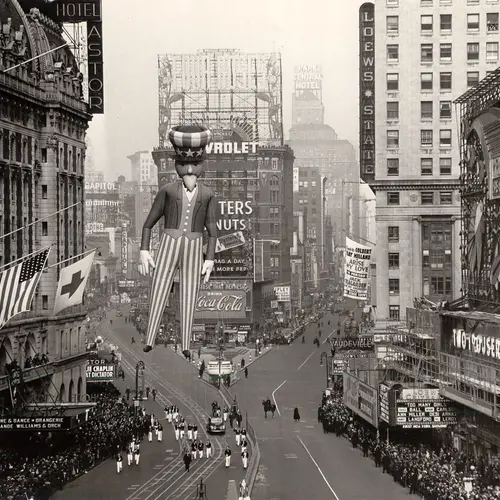
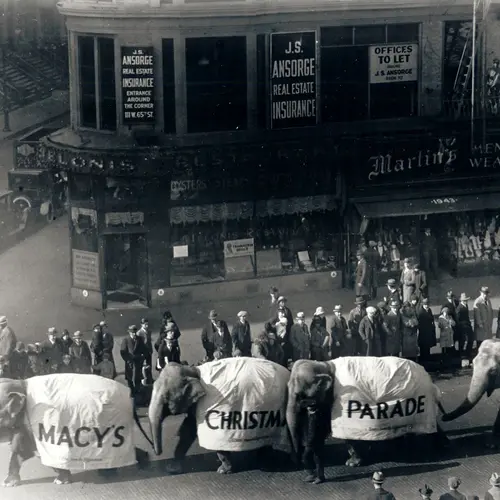
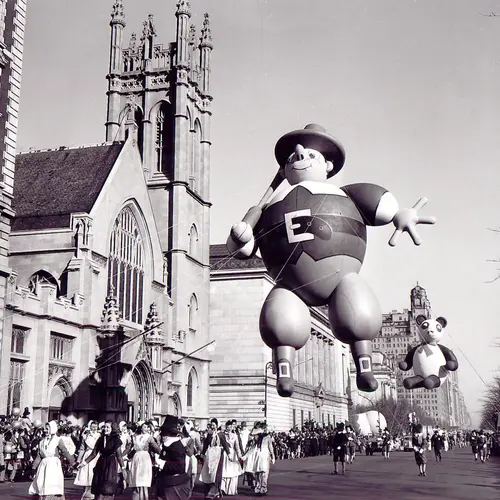

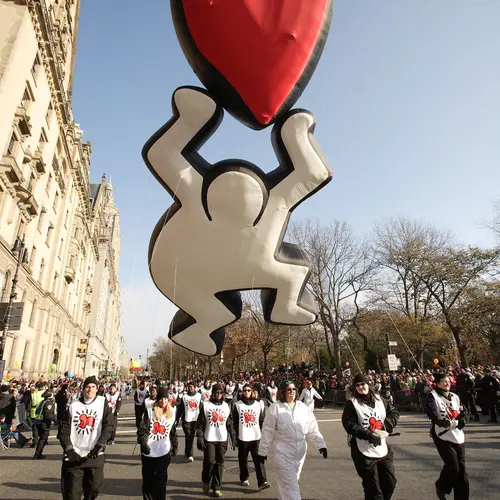
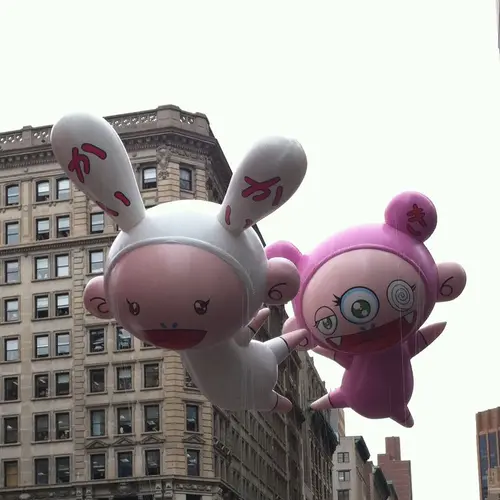
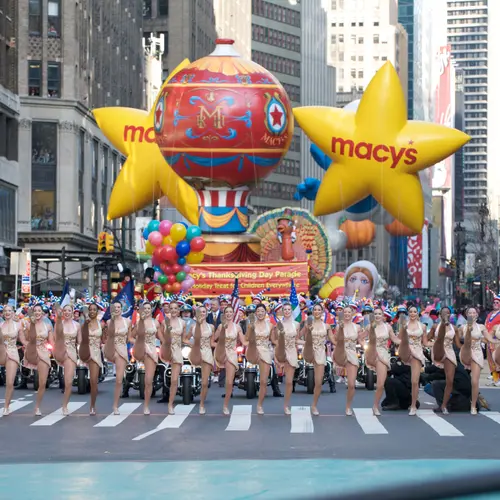
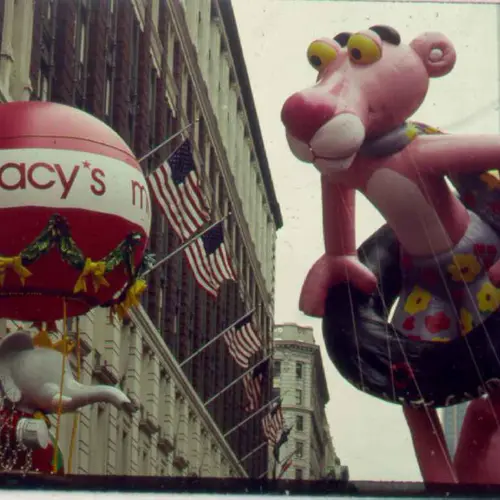
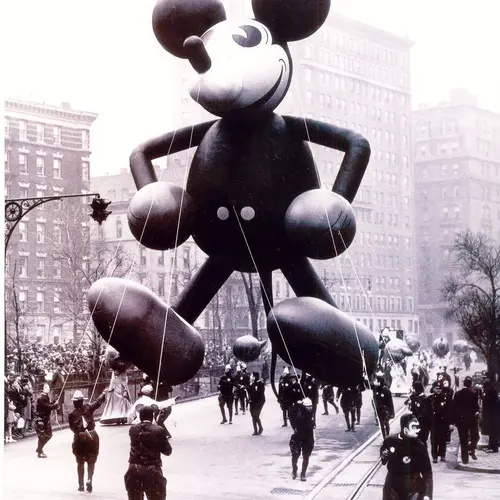
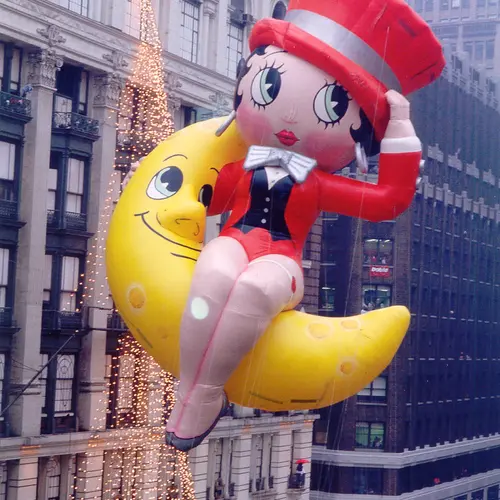
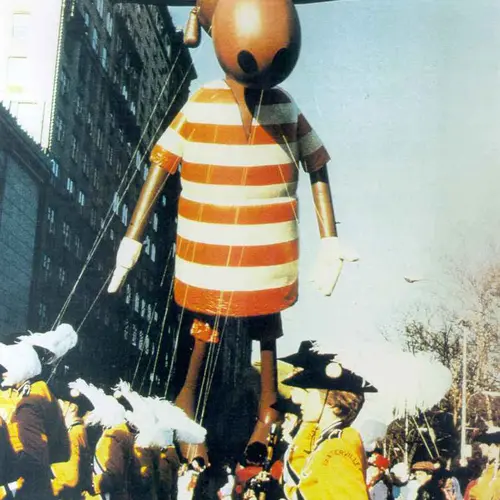
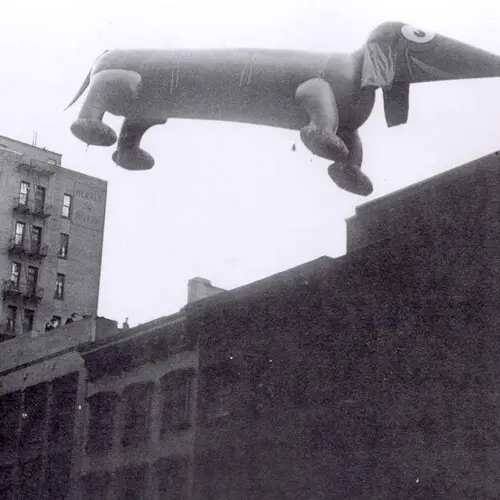
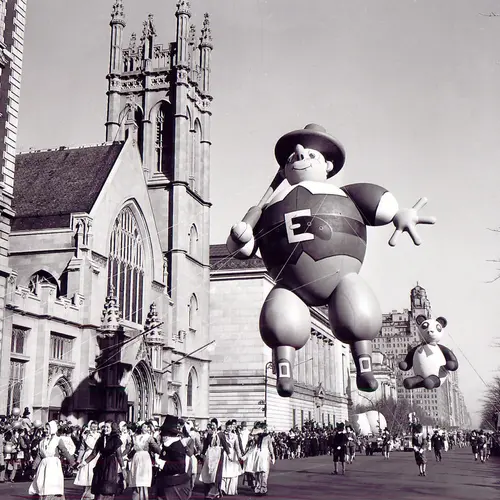
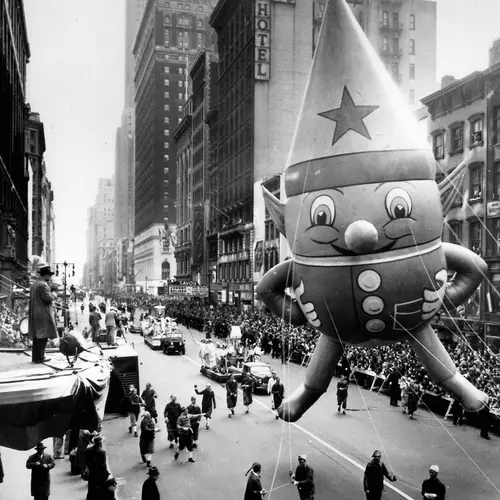
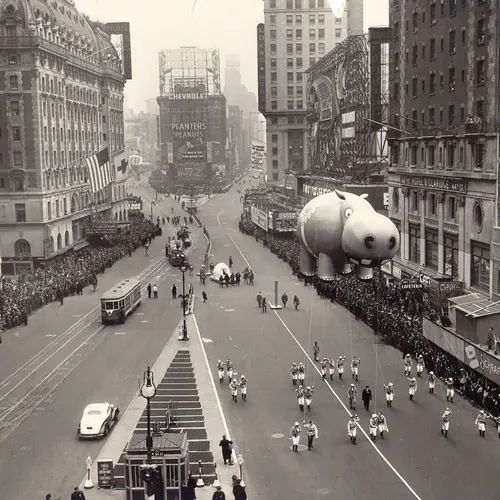
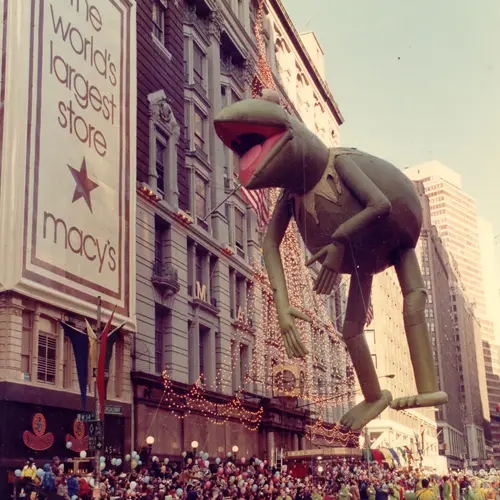
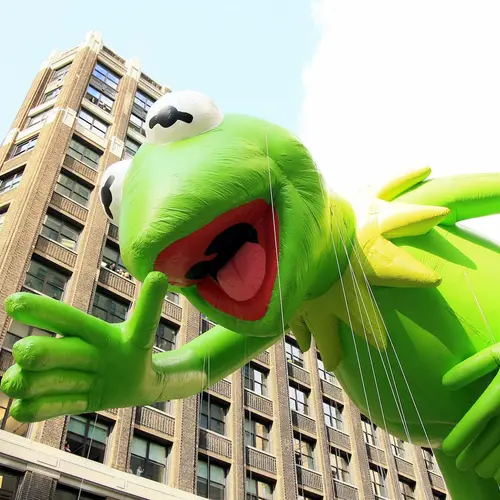
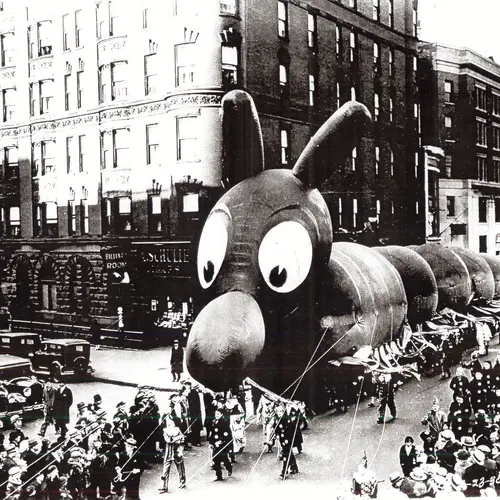
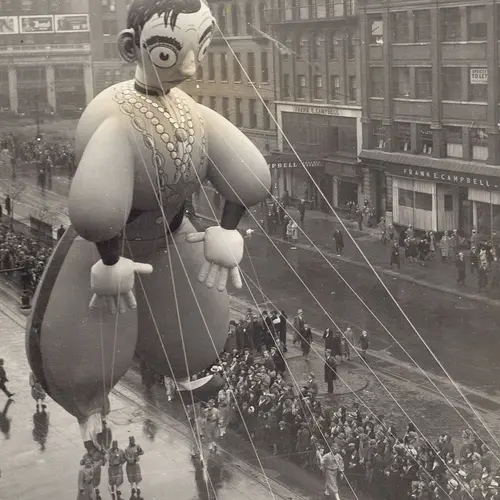
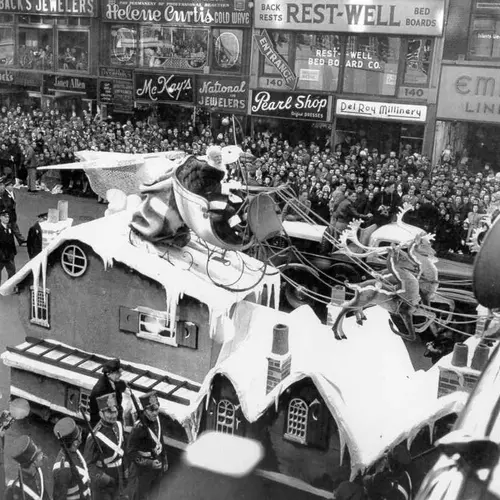











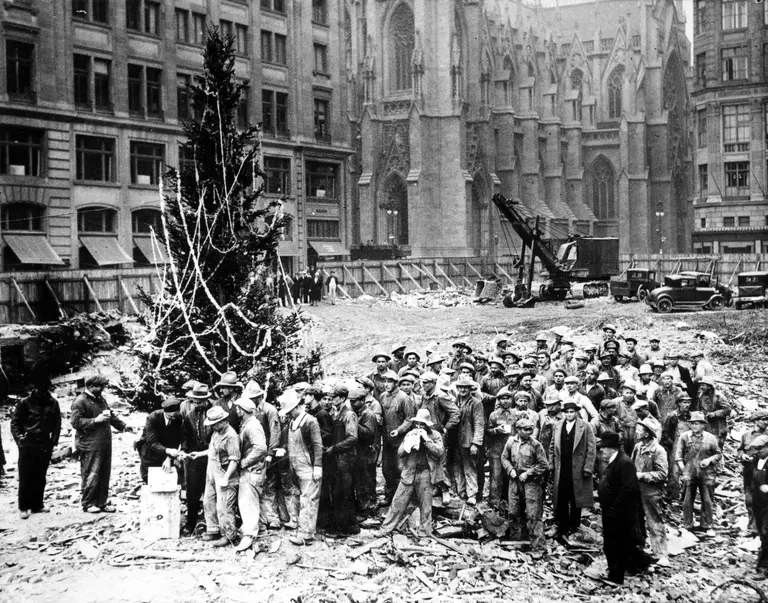


















May everyone have something and someone to be thankful for. Blessings!
this is a great site it has a lot of info